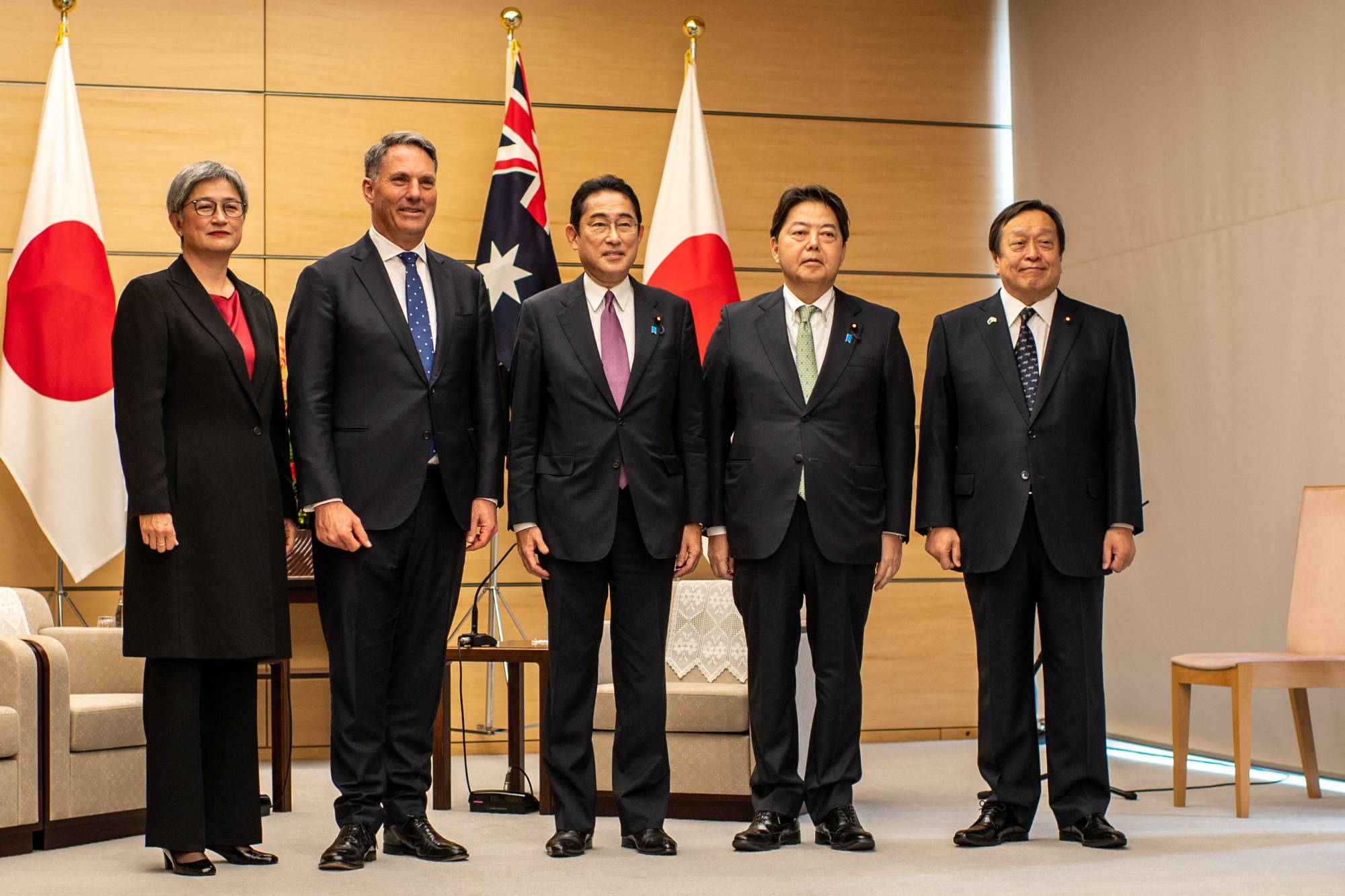Japan is considering sending advanced F-35s and other fighter aircraft on rotational deployments to Australia and expanding the scope and complexity of joint exercises, as the two seek to deepen not only bilateral ties, but also trilateral security ties with the United States.
During “two-plus-two” talks held Friday evening in Tokyo, the nations’ foreign and defense ministers agreed to step up both military cooperation and exchanges, announcing that Tokyo is considering welcoming Australian Air Force F-35s in Japan next year for the first time to participate in Exercise Bushido Guardian.
Building on the Reciprocal Access Agreement signed earlier this year, the special strategic partners are also considering options to conduct bilateral submarine search-and-rescue training as well as amphibious operations and guided weapon live-fire drills as part of efforts to increase interoperability and advance the scope and forms of the defense cooperation.

















With your current subscription plan you can comment on stories. However, before writing your first comment, please create a display name in the Profile section of your subscriber account page.